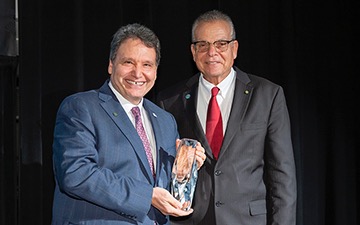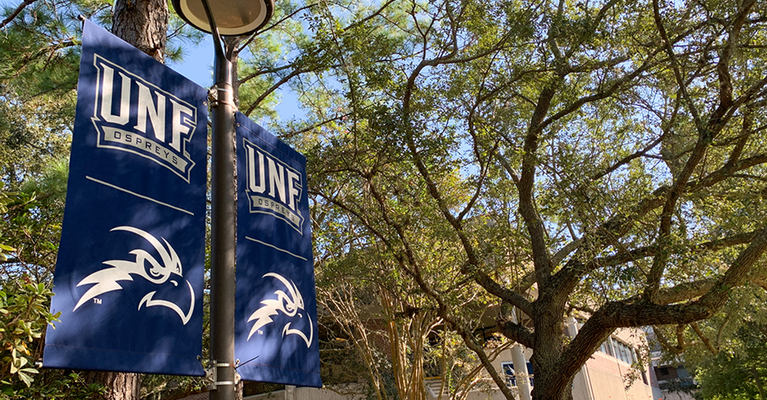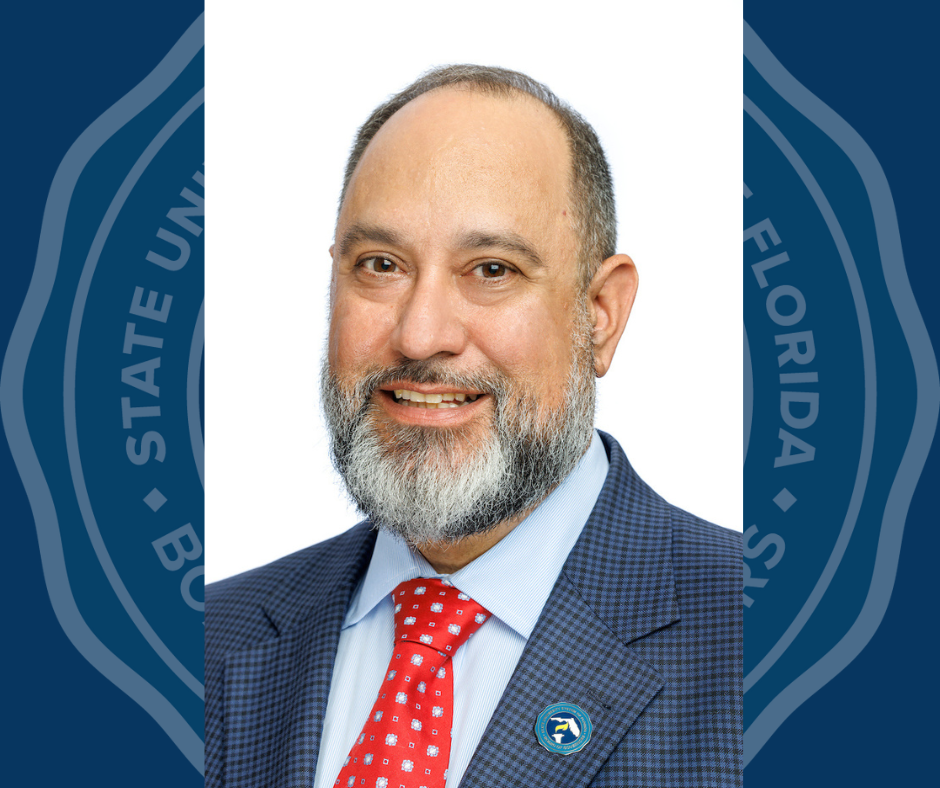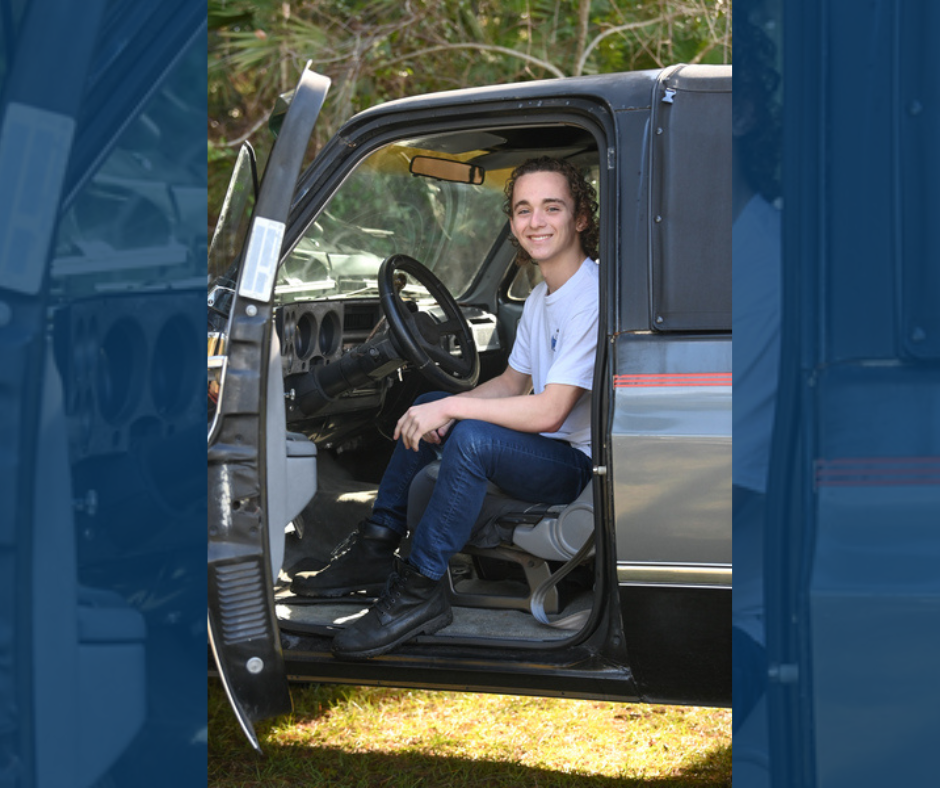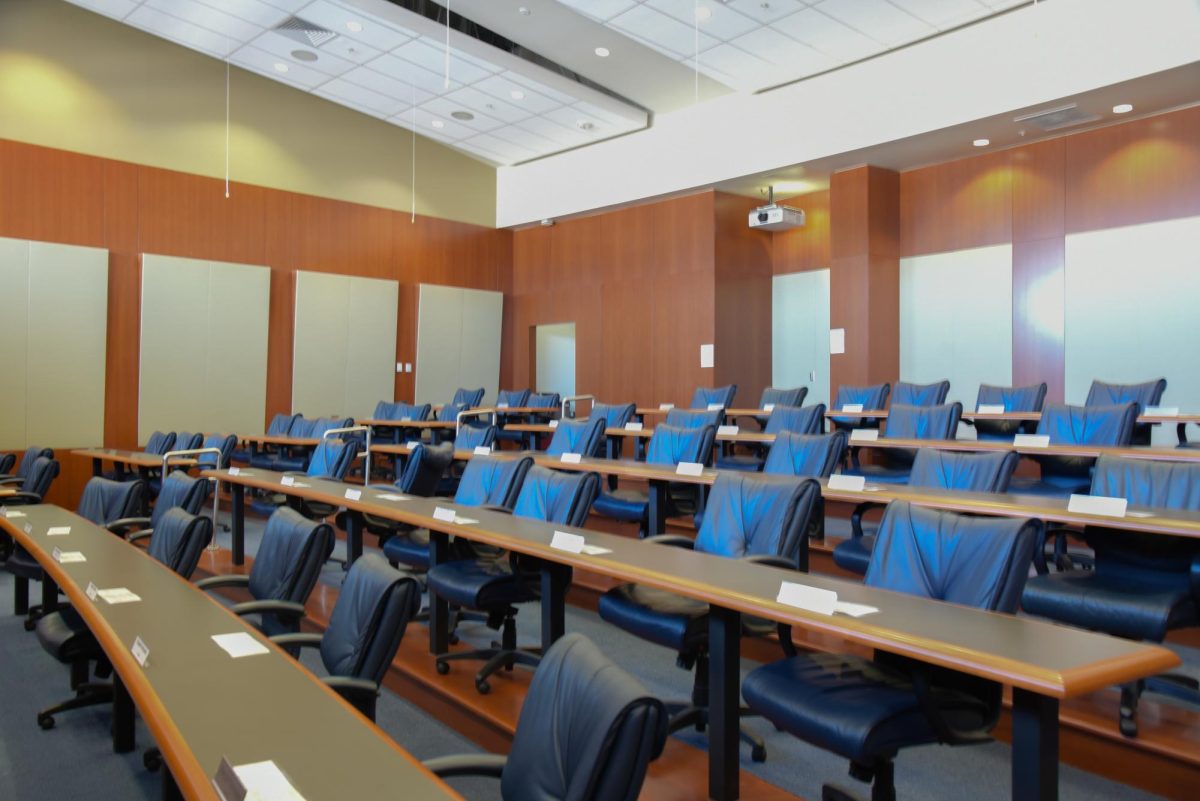The UNF archaeology program is staunchly digging through the Big Talbot Island this semester and unearthed some amazing artifacts — including one that’s thousands of years old.
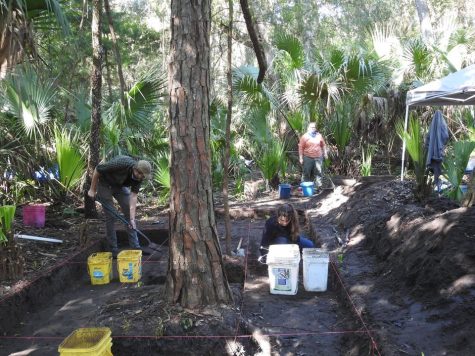
UNF Archaeology Lab director and assistant professor Dr. Keith Ashley says that they believe this archaeological site is the Mocama (Timucua) village of Sarabay — mentioned in early French and Spanish documents. The archaeological team has recovered a large number of Native American pottery fragments that date back to the late 1500s and early 1600s.
Dr. Ashley spoke to Spinnaker about the experience.
“We’ve also found about 10 pieces of Spanish pottery that the Indians acquired through trade or interaction. One of the most intriguing artifacts is a large stone projectile point or knife that dates to more than 6,000 years ago,” Dr. Ashley said. “We believe the artifact was made more than 6,000 years ago then lost and later found by the Indians living on the island in the 1500s who used it themselves.”
UNF has an archaeological field school every summer. This year’s class was postponed until the Fall due to COVID-19. Usually, they dig at a different archaeological site each year.
“UNF students did excavate this site in 1998 and 1999, so we wanted to return and excavate some more because of the importance of this site.” Dr. Ashley said.
Their goal is to better understand Indigenous village life when Europeans first arrived and the changes it underwent as a result of colonization, and their entanglement with Europeans. They are also trying to locate where the Indegenous peoples’ houses and other buildings were located within the village.
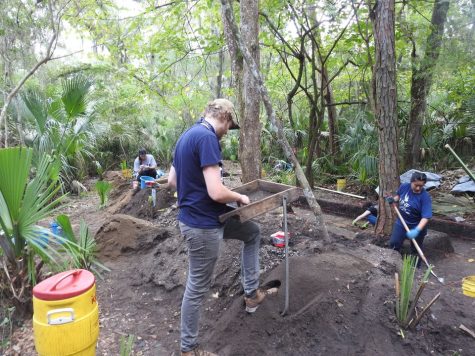
A total of 12 students are enrolled in the class this fall. They are in the field one or two days a week, depending on if they are taking the class for 3 or 6 credit hours.. The team also includes a few volunteers, as well as UNF alumni.
When Spinnaker asked about the excavation process, Dr. Ashley says that it is quite destructive.
“Archaeological excavation is a destructive process, so our goal is to dismantle the site in a slow and methodical manner,” Dr. Ashley explained. “We record everything. All soil is removed in small increments and screened in the field. We document the context of everything we find in terms of horizontal and vertical locations. Again, we keep meticulous records (written and digital) of where we excavate and what we find.”
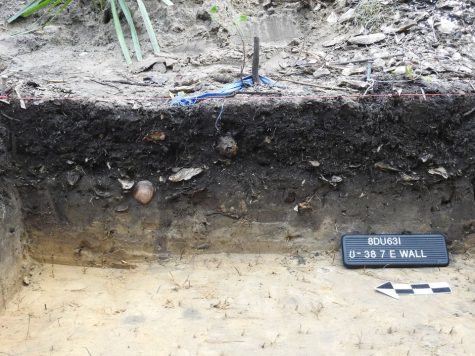
They analyze all materials recovered in the field in the lab and use the data along with the field records to reconstruct what happened at the site in the past.
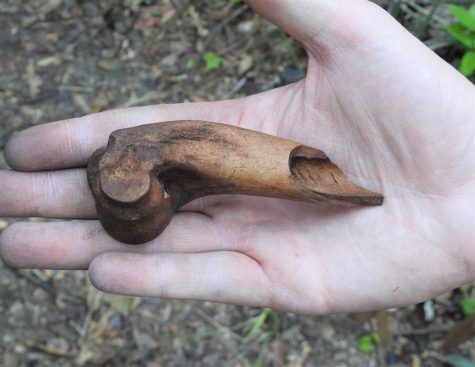
The team is excavating 23 1×2 meter units that form a large excavation block. Dr. Ashley says they began digging the first week of the Fall semester, and hopes to finish up by Thanksgiving. The program plans to return to the same archaeological site in the Summer of 2021 and 2022.
If any students are interested in participating in any future archaeological excavations they can contact Keith Ashley at kashley@unf.edu.
Featured Image courtesy of UNF Archaeology Lab Facebook Page.
___
For more information or news tips, or if you see an error in this story or have any compliments or concerns, contact editor@unfspinnaker.com.






